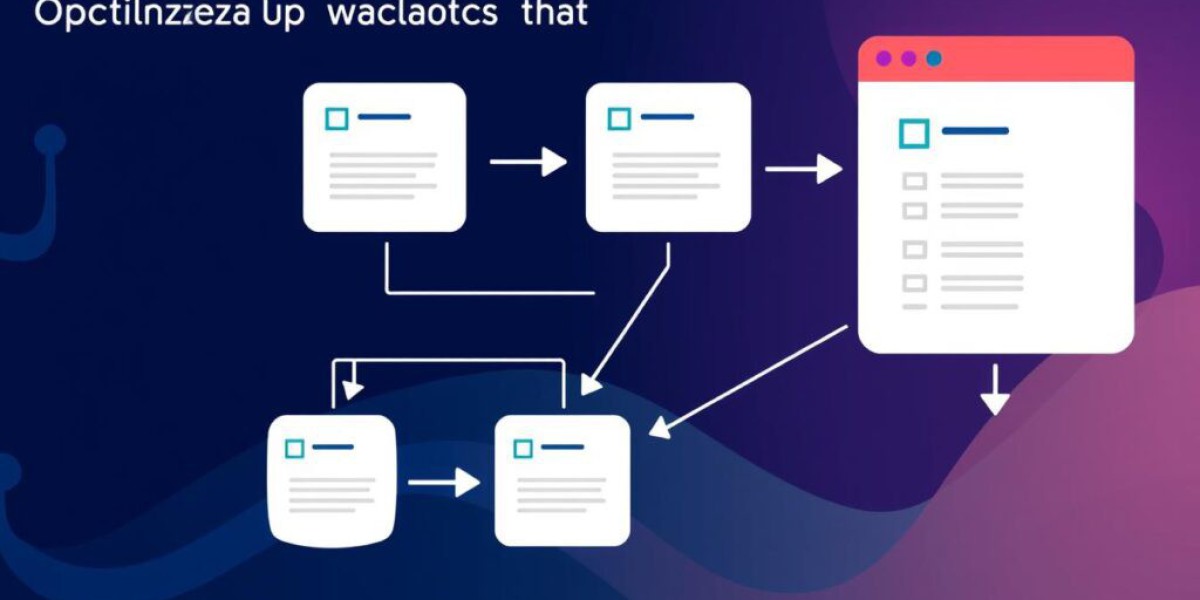In the fast-paced digital world, whether you’re a professional web developer, a digital marketer, or an entrepreneur, gathering site addresses has become a critical part of building an online presence, conducting competitor analysis, or expanding your outreach initiatives. But what exactly does it mean to gather site addresses? How is it done efficiently? And what are the tools and techniques involved? This article explores the process in-depth.
What Does Gathering Site Addresses Mean?
At its core, gathering site addresses means collecting URLs (Uniform Resource Locators) or web addresses of any websites that are relevant to a particular task, project, or research. These addresses are not only the digital gateways to valuable information but can also act as key resources in activities such as:

- Market research
- Link-building campaigns
- Competitor analysis
- Outreach for partnerships or collaborations
Importance of Site Addresses in the Digital Landscape
Site addresses are like road signs in the vast universe of the internet. Here’s why they are so important:
- For web development: Developers analyze URLs to understand the structure, domain strengths, and SEO practices.
- For content marketing: Marketers explore site addresses for guest blogging, backlinking, and promotional strategies.
- For SEO-related tasks: Understanding competitors’ URLs helps in identifying opportunities for improving site ranks.
- For networking: Entrepreneurs, agencies, and freelancers often use directories and databases with URLs to expand their networks.
How to Gather Site Addresses: Step-by-Step Process
Collecting site addresses isn’t rocket science, but it requires precision, organization, and the right tools. Here’s a step-by-step guide:
1. Define Your Goal
Before you start collecting site addresses, clarify the intent or purpose behind it. Are you researching competitors, building a directory, or seeking collaboration opportunities? Having a clear goal keeps the collection process focused and time-efficient.
2. Use Google Search Effectively
Google and other search engines remain essential for identifying site addresses. To get precise results:
- Use specific keywords and phrases.
- Apply search operators like
site:,intitle:, orinurl:. - Filter results using date ranges or region settings for more targeted addresses.
3. Leverage Online Directories
Online directories can be a treasure trove of web addresses, segmented by industry or niche. Examples include:
- Yellow Pages
- Yelp
- Crunchbase (for businesses)
- LinkedIn (for organizations)
4. Scrape URLs Using Tools
Manual collection can get tedious when dealing with bulk data. Automate the collection process using URL scraping tools such as:
- Scrapy (Python-based)
- Octoparse
- Beautiful Soup
- Screaming Frog SEO Spider
5. Explore Social Media Platforms
Social networks like LinkedIn, Facebook, and Instagram often link to official websites in bios and profiles. Use hashtags, location tags, and groups to discover relevant site addresses.
6. Examine Competitor Websites
Look for competitor site addresses through:
- Analytics tools like SEMrush or Ahrefs.
- Competitor backlink profiles to understand 사이트 주소모음, next page, their referring domains.
- Outbound links imprinted on their websites.
Tools & Resources for Gathering Site Addresses
Having the right tools is imperative to streamline the address-gathering process. Below is a table of tools that can help in different stages:
| Tool Name | Purpose | Pricing (as of 2023) |
|---|---|---|
| Google Advanced Search | Precise search query adjustments | Free |
| SEMrush | Competitor research | Starting at £119.95/month |
| Ahrefs | Backlink analysis | Starting at £99/month |
| Screaming Frog | SEO spider, URL analysis | Free (up to 500 URLs); Paid version available |
| Octoparse | Web scraping | Free & Paid plans |
Organizing Site Addresses: Best Practices
Gathering site addresses is only one part of the equation; organizing them efficiently is equally important for future access and usage.
Use Spreadsheets
Create spreadsheets containing columns for:
- URL
- Source (where the URL was found)
- Domain Authority (DA)
- Relevance Score (optional)
- Notes or Purpose
Group URLs
Group site addresses into categories such as:
- Competitor URLs.
- Partner Prospects.
- Informational Resources.
Automate Updates
Using plugins or extensions like Google Sheets API, automate the process to regularly update your URL lists.
FAQs about Gathering Site Addresses
1. Why should I gather site addresses manually when tools are available?
Manual collection ensures higher relevance and quality because humans can assess context better than automated programs. Tools are ideal for bulk tasks but may require you to refine the data they collect.
2. Are there legal restrictions to web scraping?
Web scraping exists in a gray legal area. It’s advisable to review the website's terms of service and ensure compliance with laws like GDPR, especially for data usage. Always respect privacy and ethical boundaries.
3. How can I check a site’s authenticity before adding it to my list?
Use tools like WHOIS Lookup to verify ownership information. Also, check:
- Domain Authority and Page Authority using Moz or Ahrefs.
- Red flags like too many pop-ups or suspicious third-party links.
4. Do I need coding knowledge to gather site addresses effectively?
Basic knowledge of coding (like HTML or Python) is helpful, especially when using web scraping tools. However, many beginner-friendly, no-code tools exist that simplify URL collection.

The process of gathering site addresses is integral for anyone working in the digital domain. Whether you’re building a resources list, conducting robust competitor research, or discovering new collaborative opportunities, knowing where and how to collect site addresses efficiently can give you a competitive edge.
By defining clear goals, leveraging search tools, and organizing the data systematically, you can streamline the process of URL collection. Combine manual inputs with automation tools and always ensure ethical practices while scraping or collecting data. Armed with the tips and tools in this guide, you’re now equipped to gather site addresses like a pro.









